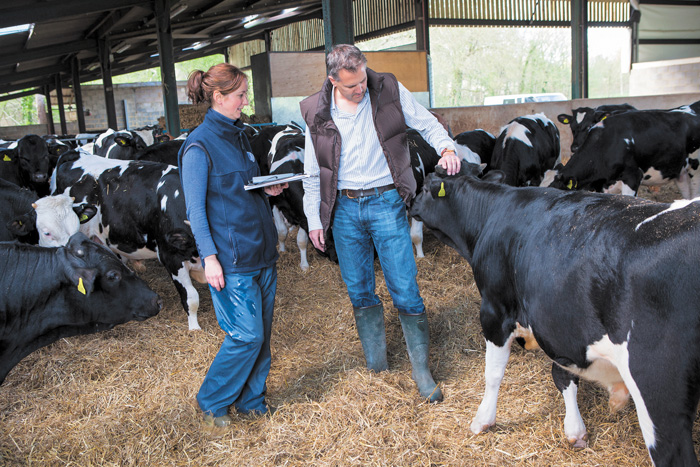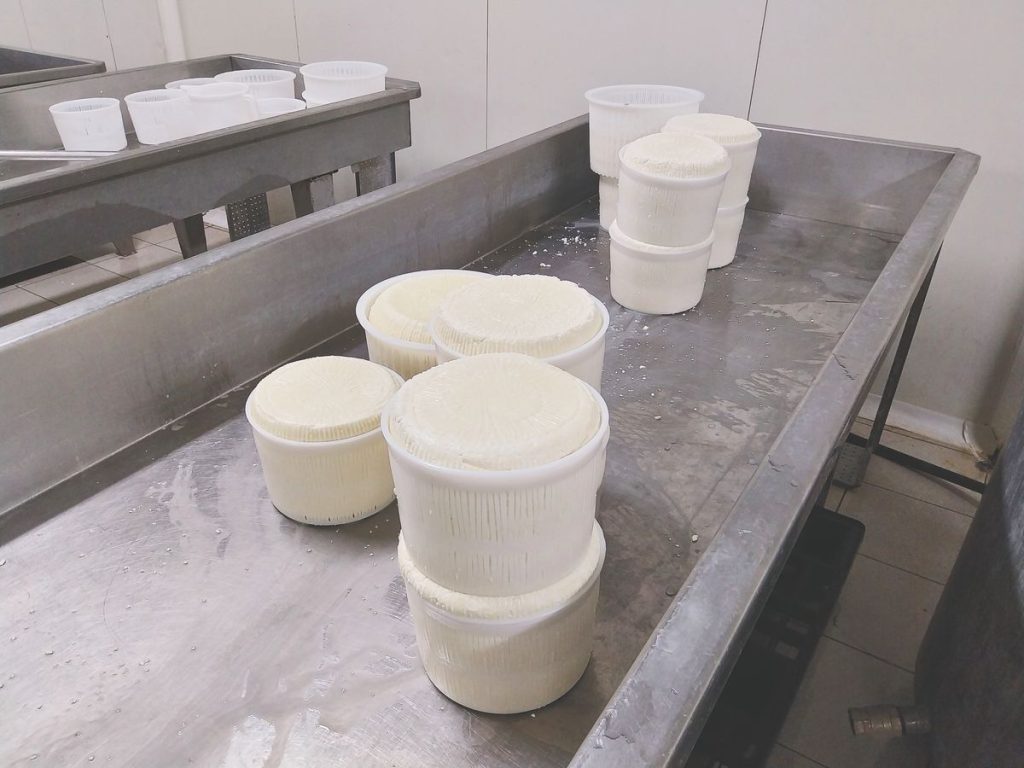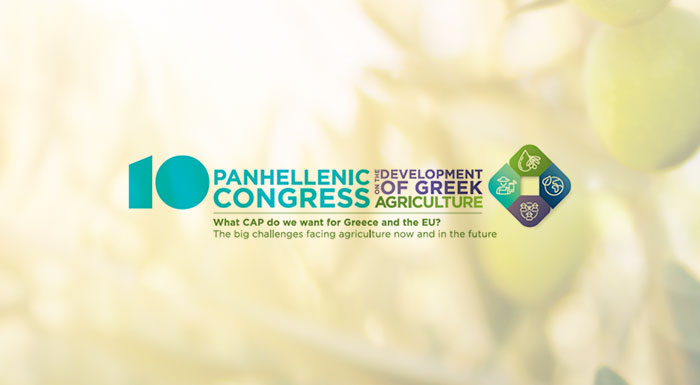The little link in the food chain with the big impact: Animal health

Europe benefits from one of the best food safety systems in the world, supported by comprehensive scientific advice all along the food chain. As the largest exporter of agri-food in the world, valued at over €129 billion in 20151, the EU also boasts some of the best animal health and welfare standards.
To date, innovation through science and technology has allowed European agriculture to play a major role in ensuring food security. At times however it seems that the key role of healthy animals in this safe, secure and sustainable food supply is overlooked. The OIE estimates that 20% of global food production is lost due to diseases in farmed animals. When you couple that with control measures imposed (e.g. culling of animals) and trade restrictions or bans placed on animal produce after disease outbreaks, the associated costs of animal disease can have a major impact on the agri-food economy.
This serves to remind us that animal health matters and it has a big impact not only on food supply and food safety but also on public health challenges we face today. And I believe that there is an urgent need for innovation-driven policies as well as a wider acceptance and application of modern technologies to adjust to these challenges.
Recent disease outbreaks such as the H5N8 avian influenza strain which spread across several EU member states this past year, and more recently reported in Greece, serve as a stark reminder of these impacts. The main cost of animal diseases in these situations is largely related to resources needed to monitor and control disease and the ensuing impact on trade. Using the H5N8 case as an example, one outcome, following the control measures put in place, is the possibility that farmers may not be allowed to sell their eggs at the free-range label premium price as prevention measures have led to birds being kept indoors for longer than the designated period.
This is a big cause for concern. Epidemics of diseases that had rarely been reported or previously been eradicated from animal populations in the past, sometimes reintroduced through trade practices or travel, often solicit dramatic control measures whose impact goes beyond the immediate animal health issue. There is also the possibility that climate change, particularly rising temperatures, plays a role in modifying the geographical reach of disease-spreading insects and rendering certain environments more suitable for the spread of disease.
This has already been a concern with the recent emergence of diseases caused by viruses such as lumpy skin disease (LSD), African swine fever and Schmallenberg in Europe. In Greece, LSD led to the culling of around 6000 animals in 2016 alone. With these outbreaks, the importance of animal disease control and the availability of preventive tools and control measures comes to the fore along with the importance of monitoring disease occurrence.
If we take the older case of foot-and-mouth disease (FMD), where disease prevention measures were lessened following its eradication in Europe in the 1990s, the EU subsequently adopted a non-vaccination policy. This had disastrous consequences for several Western European countries in 2001 when the disease resurfaced. 260,000 cattle and sheep were killed in the Netherlands, even though only 26 farms were affected, and in the UK over 4 million animals were slaughtered as part of the disease control efforts.
Europe has a global responsibility in the field of livestock production, given its productive soil, favourable climate, knowledge-base of efficient production, processing, and logistics, etc., but its position as largest agri-food exporter can only be maintained if agricultural production remains viable.
As the representative body of manufacturers of veterinary medicines, vaccines and other animal health products in Europe, IFAH-Europe believes that in order to meet future critical challenges head on, the industry needs a more efficient veterinary legislation that will help stimulate innovation and increase product availability across all markets. Innovation means being ready for new and emerging diseases and the only way to ensure the health of our animals is to safeguard veterinary medicines and vaccines as essential tools for vets, farmers and animal owners across Europe.
The animal health industry in Europe is committed to delivering on its objectives to further invest in innovation to ensure the availability of a varied arsenal of veterinary medicines for the prevention and treatment of animal disease. This can be aided of course by the European institutions who are working to ensure that the forthcoming legislation on animal medicines and medicated feed will meet the objectives set out by the European Commission:
- Increase availability of veterinary medicines in all markets, for all species;
- Reduce administrative burden;
- Improve the functioning of the internal market;
- Address the public health risk of AMR.
By fostering innovation through a more harmonised system where resources are invested in R&D instead of administrative tasks, this means that new medicines may be developed to fill the gaps in treatment options for animals that at present don’t exist or are not available in certain markets. By putting in place more efficient procedures to authorise medicines in exceptional situations, this paves the way for greater preparedness in the case of disease outbreaks.
About the author: Roxane Feller is Secretary General of IFAH-Europe, the representative body of manufacturers of veterinary medicines, vaccines and other animal health products in Europe. With membership covering 90% of the European Market, IFAH-Europe represents innovators and generics alike, as well as large, medium-sized and small companies. Employing some 50,000 people in Europe, the sector is resilient and innovative. IFAH-Europe’s member companies invest over €500 million in research and development each year.
Roxanne Feller





